In the old days (2019), mimosas and Bloody Marys were really the only the socially acceptable forms of alcohol that could cross your lips before 12 p.m. To drink earlier would be a worrying indicator that you’re an alcoholic, or worse, a professional writer.
That benighted era is safely in our rearview.
Of all of the widespread cultural habits that have emerged post-Covid — obsessive hand-washing, a prickling fear of close-talkers, a desire to squeeze every morsel of conviviality possible out of even the dullest social exchanges — by far the best is the wholesale rejection of A.M.-drinks policing. And the biggest winner is the breakfast wine.
“Once Covid hit and people were secluded to their homes, this allowed for more exploration of food and wine on their own,” Aaron Frank, sommelier at the Joseph Hotel in Nashville, says. “For me and many others, it started by just adding less and less orange juice into my mimosa, until I was left only with a beautiful glass of Champagne.”
The wine in the coffee cup during endless Zoom meetings became a meme during the Covid lockdown for a reason; and though wine has been on many a brunch menu, people are now actually ordering it.
According to sommelier Matthew Jacobsen of Vancouver’s Fairmont Pacific Rim, they now see an equal number of wine orders as cocktails and mimosas at brunch: “The old saying ‘a meal without wine is called breakfast’ is not in the lexicon anymore. The world is evolving.”
The premise is quite simple. Bloody Marys and mimosas are a staple, but they’re very dominant flavors that only pair with a select number of meals and are marketed on their quantity (“bottomless mimosas!”) over quality. By contrast, for every course and flavor, mood and moment, there is a wine to perfectly partner with it. Those in the know have been dabbling in it long before Covid.
“Five or six years ago, I started noticing the appeal of drinking lighter, fruit-forward wines at brunch when I was dining with friends who work in hospitality and wine,” says Jonathan Kleeman, group beverage manager and executive head sommelier at London’s Michelin-starred Restaurant Story, Dovetail and Story Cellar.
Unlike cocktails, wine is particularly suited for classic “brunch dishes like eggs or quiches,” says Jason Hedges, beverage director at Laurent Tourondel Hospitality, with gourmet eateries like New York’s L’Amico and the Vine under its umbrella, and wine is landing on more and more well-appointed brunch tables, notes John Cooper, who consulted for Aman and has worked as a sommelier at the Modern at MoMA. “As more and more people are conscious of what goes into their food, they’re looking for organic, biodynamic, pure drinks choices,” Cooper says. For the high-end brunch, a lovely vino is a better option than cheap bubbly topped up with fruit juice.
“Bottomless mimosa pitchers and Bloody Marys tend to overshadow the brunch dishes you came for,” Erin Dudley, wine director at the Neighborhood Restaurant Group in Washington, DC, adds. “People are more willing and ready to select wines that enhance the dishes rather than just blasting their tastebuds awake.” Why drown a glass of great sparkling wine with OJ, when you could just enjoy it as is?
Annie Edgerton, a sales and educator at New York City’s Flatiron Wines and Spirits, says that she always advises people who come to her in need of brunch wines to seek out “a drinker, not a thinker.”
In other words, something fun, bright and lively — the vino version of the human companions who make brunch even tastier.
“I frequently steer folks to a Pet-Nat, particularly ones from La Garagista in Vermont, or Yetti & the Kokonut in Australia,” Edgerton says. “I also love a slightly off-dry Riesling like the Selbach Incline from the Mosel. It’s $13 to super wallet-friendly to boot.”
Kleeman, meanwhile, promotes lighter whites or orange wines that are “more rounded and smooth on the palate, not overly big or rich, but with a touch of creaminess.”
He advises guests to pair a lighter Chardonnay from France’s Macon region or a vibrant and light Chardonnay from Australia’s Yarra Valley with eggy, creamy, cheesy fare. Rieslings from Germany’s Rheingau region or Austria with rounded, rich mouthfeels are ideal pairings for breakfast meats like bacon and sausage.
Hedges thinks orange wine is better suited for the first course of the day.
“It is an overall outstanding breakfast wine because it has bold and complex flavors that can complement a variety of breakfast dishes, including eggs, cheeses, cured meats and even pastries,” Hedges says. “It’s slightly tannic and acidic profile offer a refreshing contrast to the rich and savory dishes on breakfast and brunch menus.”
Winemaker Jennifer Reichardt of Raft Wines in Sonoma says that her Picpoul Blanc has singlehandedly turned several people into breakfast wine converts.
“I always introduce it as a breakfast wine, which often gets a look of confusion,” Reichardt admits. “It has a light spritz and it’s all Meyer lemon, so I like to say it’s a mimosa without the orange juice.”
It’s light, bright and pairs well with all of the egg and meat-based brunch classics, she says. “And most importantly, it’s delicious.”
When in doubt, Champagne, of course, goes with everything — except orange juice. But you already knew that, right?



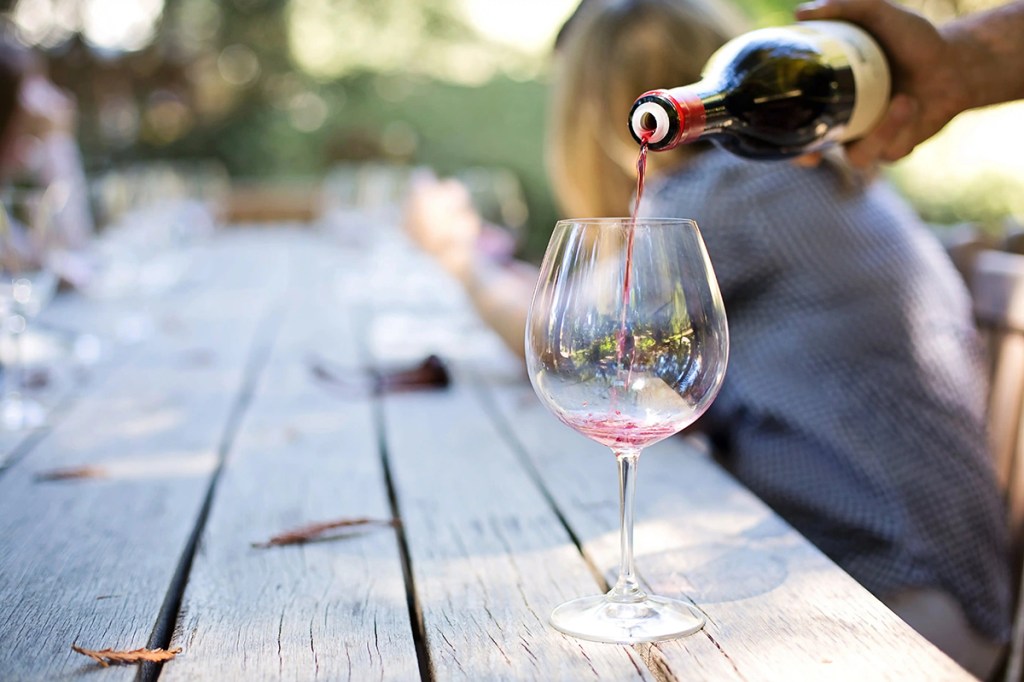






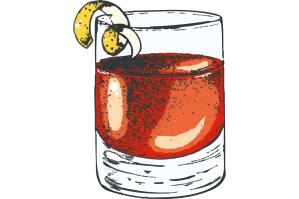
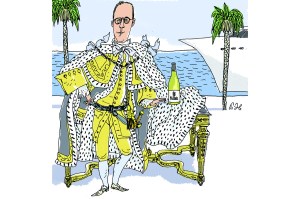

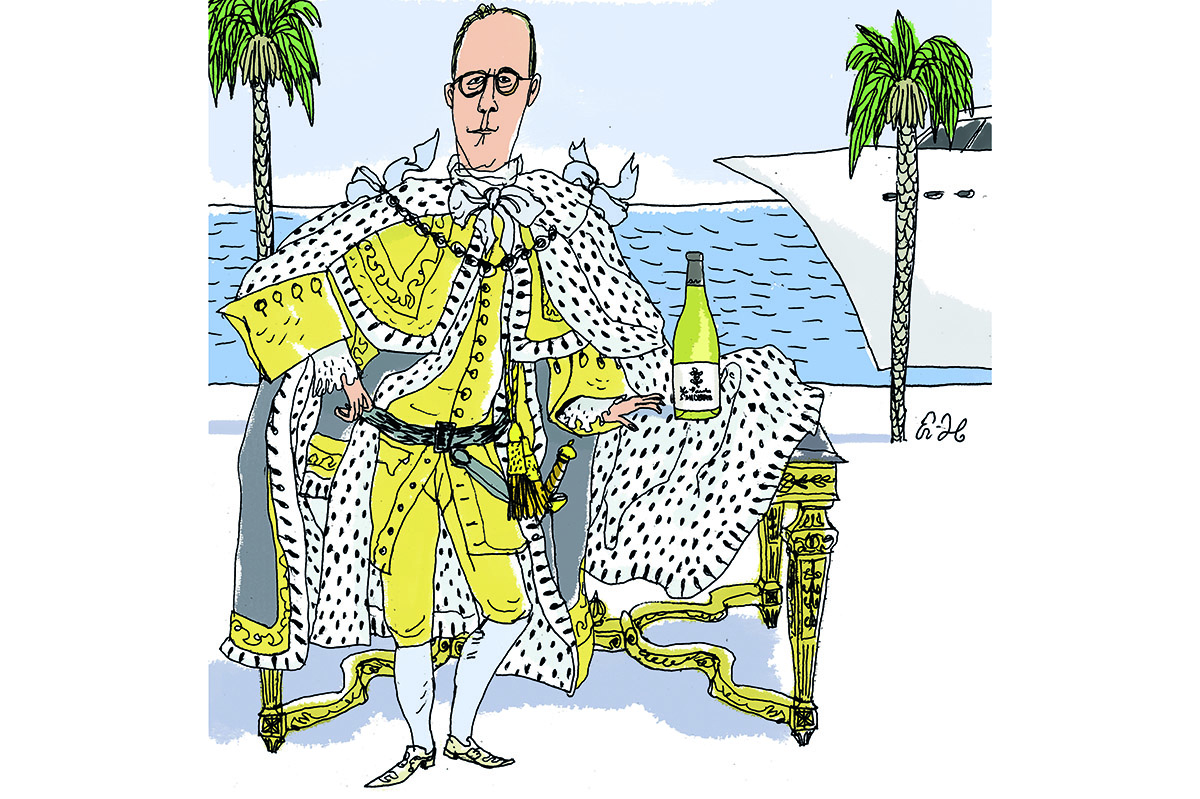
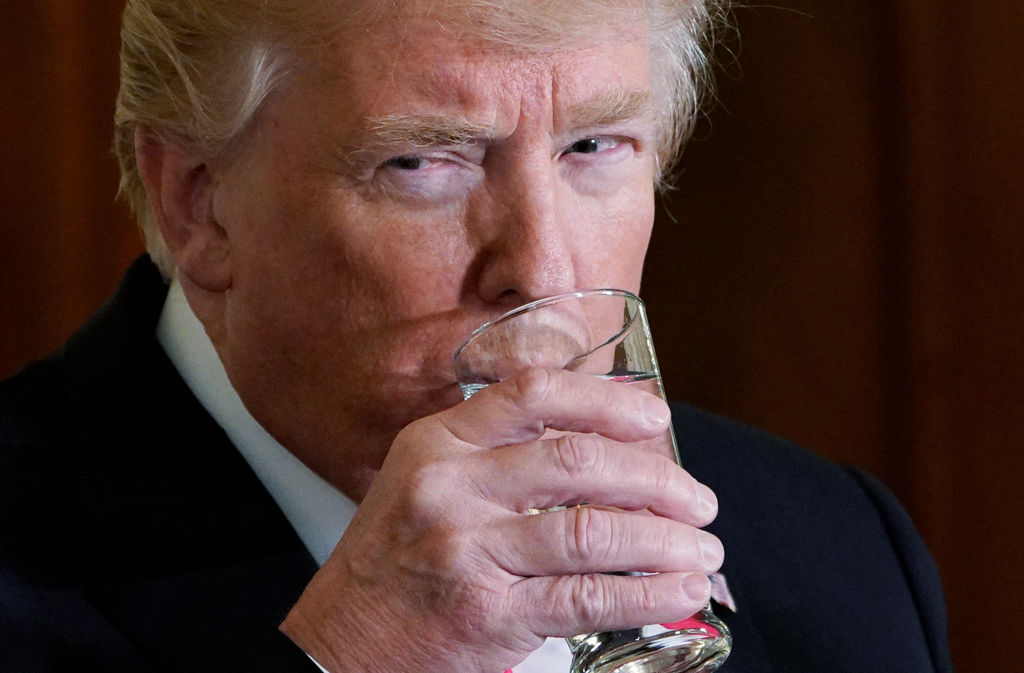
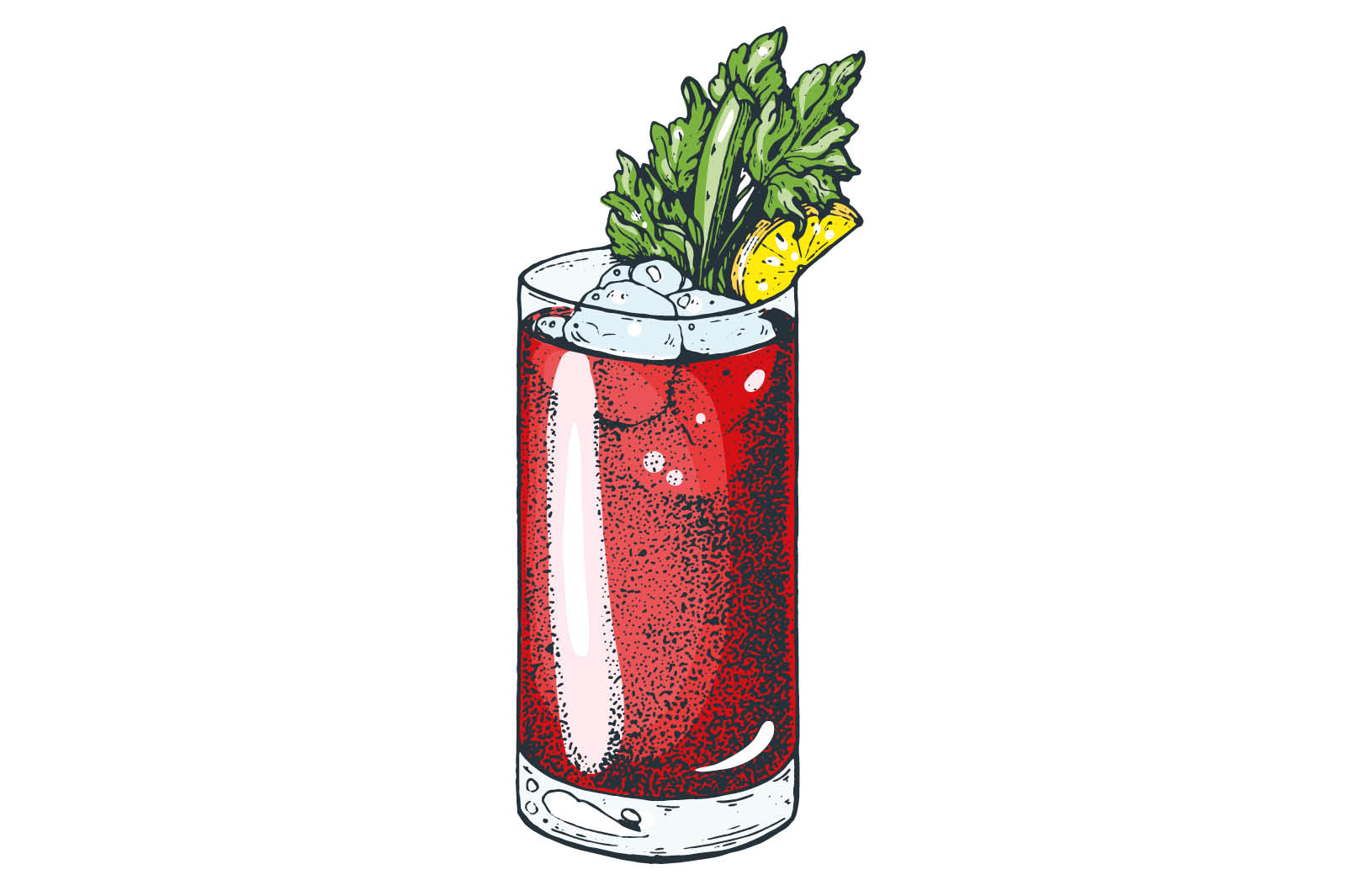


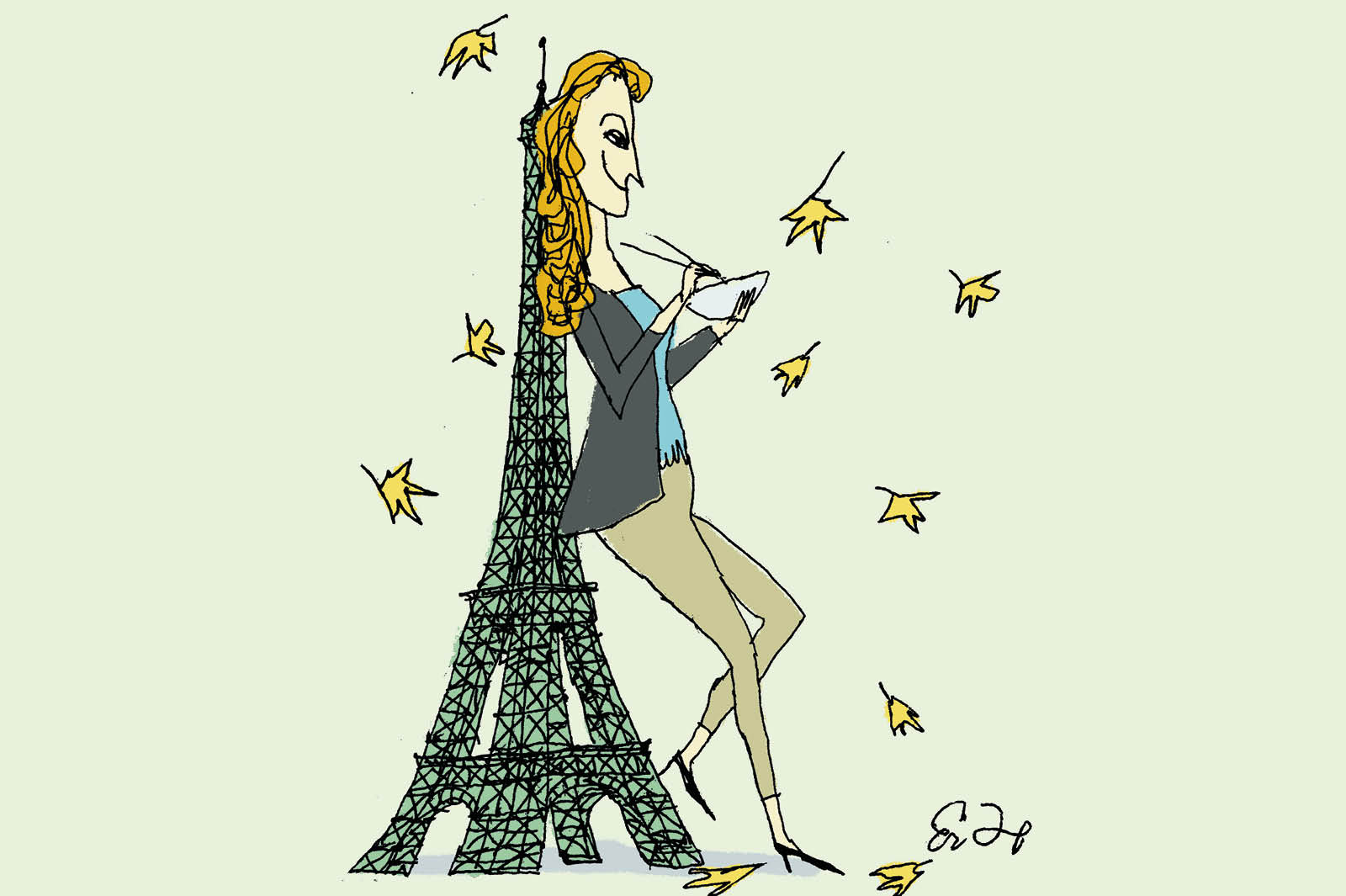







Leave a Reply